I was visiting a friend’s house and saw a stitch looking like an overcast stitch, and at the same time, a lock stitch. I was so confused. 😕 So, I came home, searched Google, and found out that it is an overlock stitch. It looked so interesting, so I decided to learn how to hand-sew an overlock stitch.
So, basically-
To hand sew an overlock stitch, fold the fabric edge, sew diagonal stitches over the edge, and repeat, ensuring each stitch loops over the fabric’s raw edge to prevent it from wearing out.
I know it’s not all. So, let’s teach you the process in detail. Let’s get into how to do overlock stitch by hand.

Table of Contents
What Is Overlock Stitch?
An overlock stitch is a type of stitch that sews over the edge of 1 or 2 pieces of fabric for edging, hemming, or seaming. Did you need to prevent the fabric edge from frying? And overlock stitch is your savior.
You mostly see the Overlock stitch in a blanket. It is a variation of the blanket stitch. It’s not just that the overlock stitch is also used in serge. That’s why the overlock stitch is also called the serging stitch.
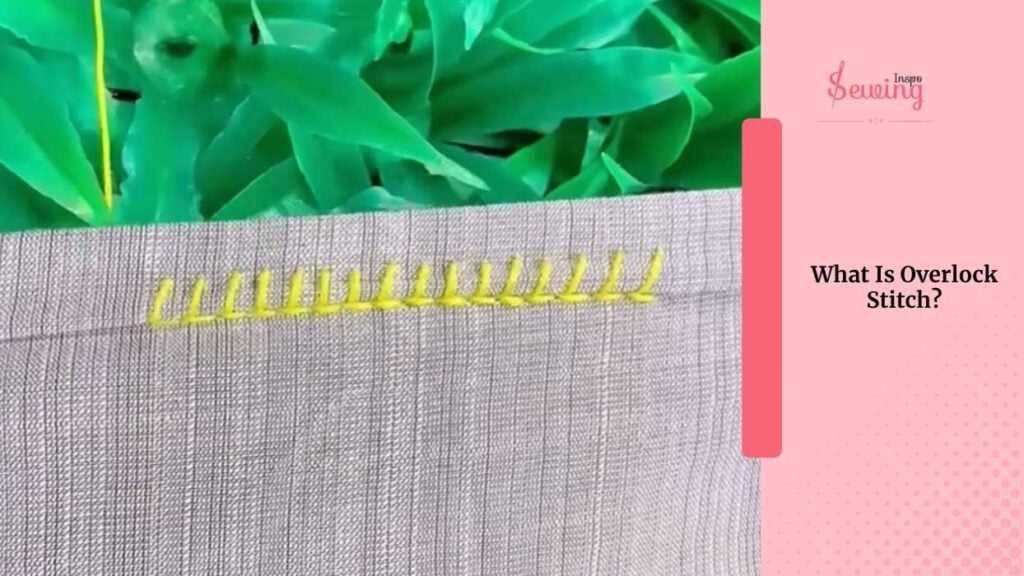
Can You Do An Overlock Stitch By Hand?
Yes, you can do an overlock stitch by hand. It’s a variation of the blanket stitch.You can also use it for decorative outlines or border designs in hand embroidery. It’s kinda
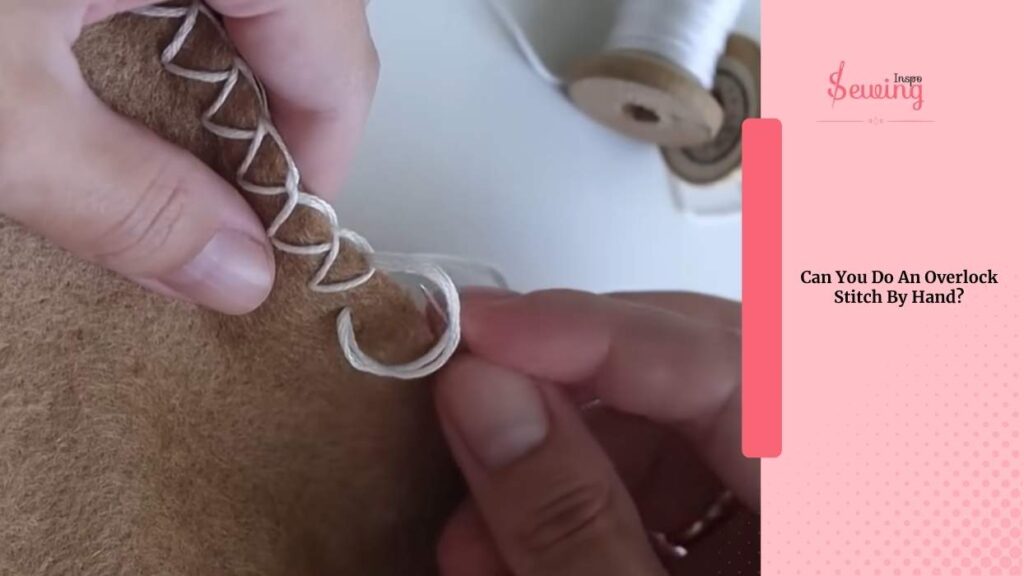
How To Hand Sew Overlock Stitch?
To hand sew overlock stitch you need to follow 4 steps.
- Fold The Fabric Edge
- Push The Needle Through The 1st Mark
- Follow The Stitch Pattern
- Secure Overlock Stitch
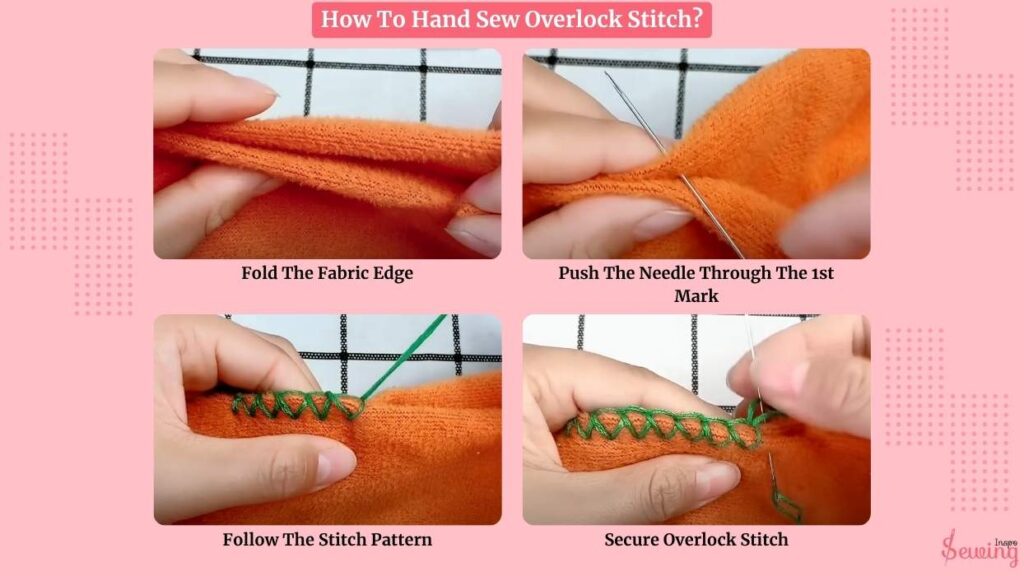
Fold The Fabric Edge
To fold fabric edges, put your fabric flat on a surface and align the edges that you want to hand stitch overlock. Fold the fabric edges inward about 1/4 inch and ensure they are even.
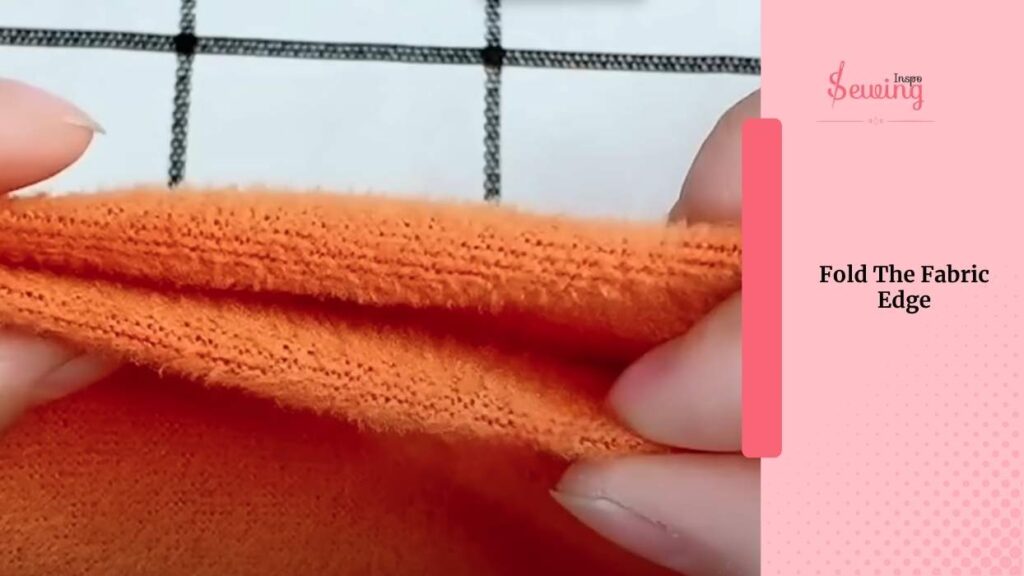
You can simply press it or use a 1/2 pic to keep the fold in place. You can use this for a hemming stitch, too.
Then mark out every 1/8 inch apart or your desired length.

Push The Needle Through The 1st Mark
Start by sinking the 11 or 12 size needle in at the first mark and bringing it through to the other piece of fabric. Pull it up through the loop where you just tied the thread, then push the needle through the second mark.
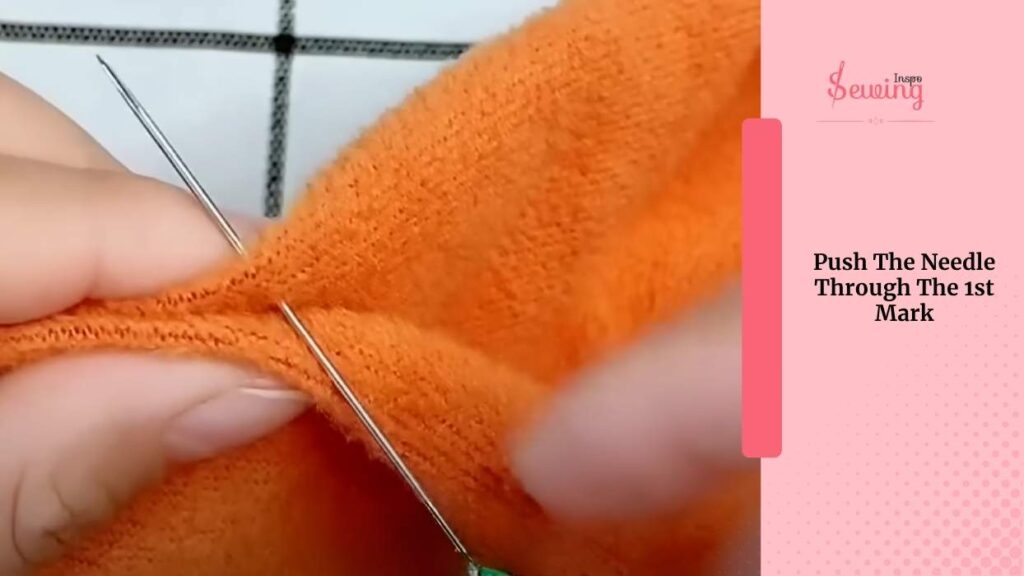
Don’t pull the thread too tightly because you’ll need to bring the needle back again.
Follow The Stitch Pattern
Continue stitching until you reach the end of your fabric. With each stitch, make sure to bring the needle through the loop created by the stitch before it.
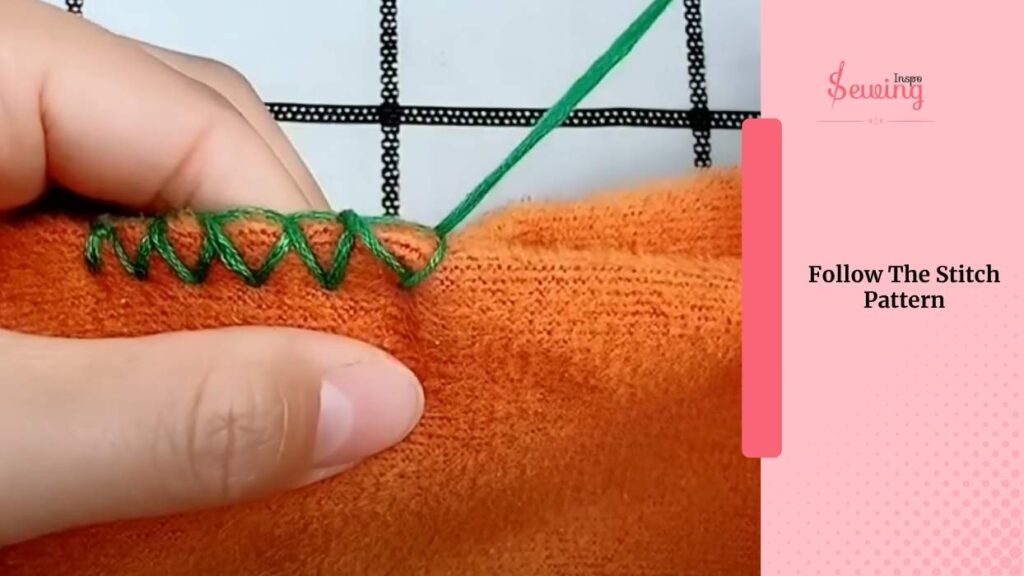
Space the stitches about 3mm to 4mm apart—they should be close enough to keep everything solid and neat.
This helps secure the thread and creates a neat pattern as you go along. Just keep threading the needle through that loop and repeat this pattern until you finish sewing the entire edge of your fabric. It’s a methodical process that ensures each stitch reinforces the one before it, giving your fabric a strong and tidy finish.
Secure Overlock Stitch
To secure the overlock stitch, thread the needle through the loop twice at the end to finish the overlock stitch. Then, trim any excess thread carefully, ensuring it’s neat and doesn’t leave loose ends.
Finally, inspect the seam to ensure it’s securely stitched all along the edge of your fabric, giving it a clean and professional finish. This method prevents fraying and adds durability to your sewing project.
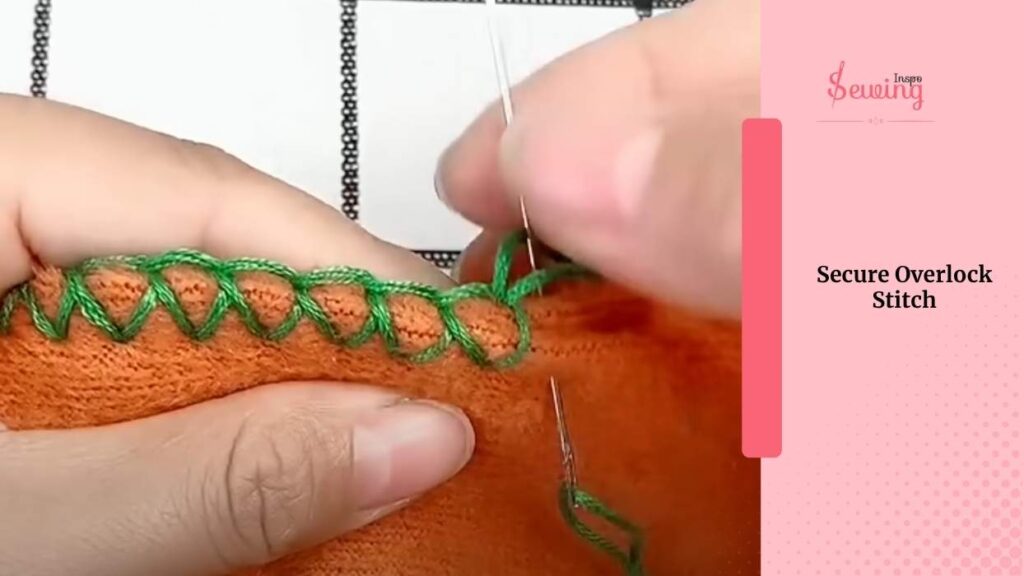
That’s how to hand sew overlock stitch.
What do you think is it easy to do overlock stitch? I bet it is. I did my overlock stitch just by following the above steps. But if you are new then I can feel your struggle. Watch this video to erase your struggle.
Double Overlock Stitch By Hand
To sew a double overlock stitch by hand, start by threading your needle and knotting the end of the thread. Begin stitching by inserting the needle into the fabric and creating a small stitch.
Next, insert the needle a short distance ahead and pull through, leaving a loop.
Before fully pulling the thread, pass the needle through the loop to create an interconnected stitch. Repeat this process along the edge of the fabric, creating a zigzag pattern of loops that secure the edge.
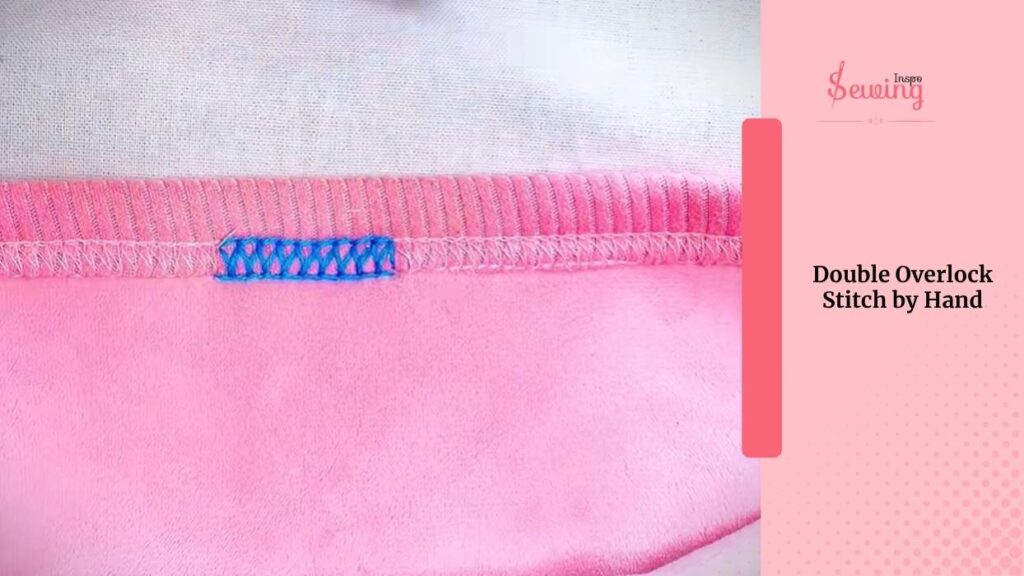
Finish by knotting the thread on the underside of the fabric to secure it in place. This stitch reinforces edges and adds a decorative finish to your sewing projects.
Thread Needle Size For Hand Overlock Stitch
When choosing a needle size for hand overlock stitches, consider a few things depending on your work. For different fabrics, sharps needles are good for medium to heavy ones, while sizes 5 to 10 work well for lighter to medium fabrics. If you use fine fabrics or need small, delicate stitches, sizes 11 and 12 are a good bet.
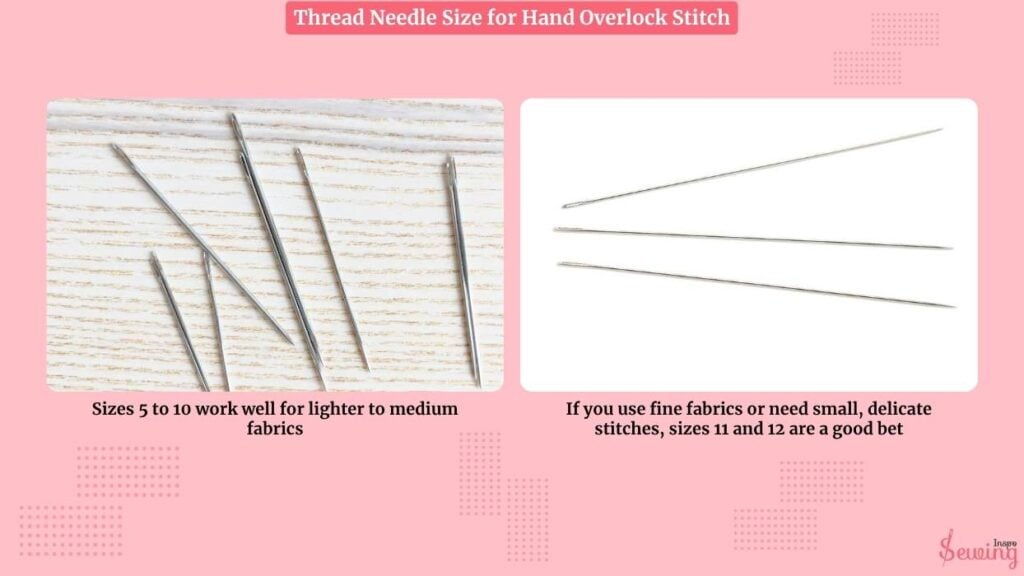
Do you wanna what size needle I prefer for overlock stitch?
Well, I think 11 size needle is perfect for overlock stitch.

As for thread thickness, thicker threads might need a larger needle. For instance, fire retardant embroidery thread around Tex 35 to 40 might do well with an 80/12 to 90/14 needle, and Tex 45 to 50 might need a 90/14 to 100/16 needle. Those needles are also usable for tent stitch.
If you’re new to needle selection, trying a variety pack with sizes ranging from 3 to 9 or 1 to 5 could be a good starting point.
All though the thread choice depends on you. I like to use tex 36 thread for overlock stitch.
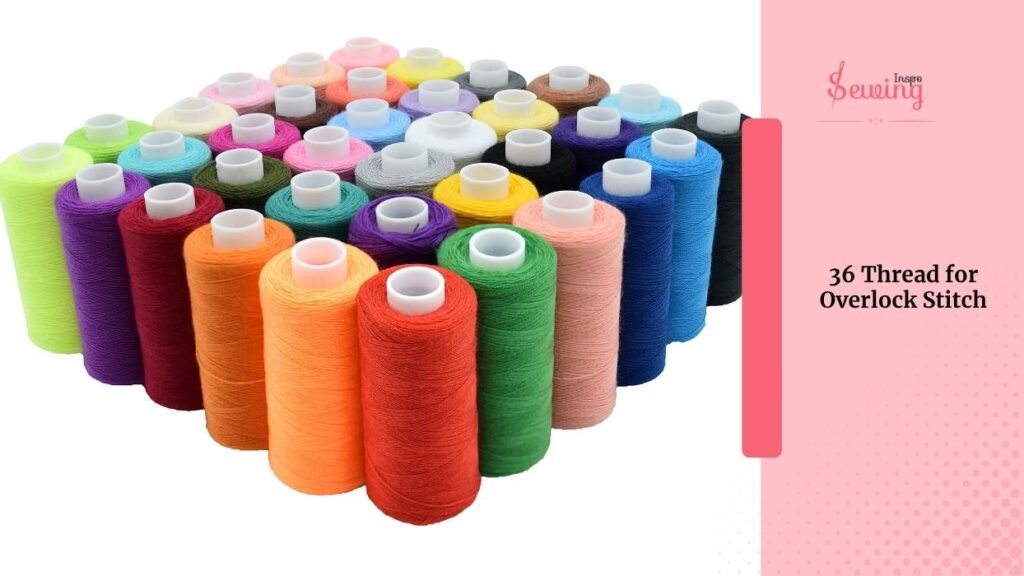
How Do You Use A Zig Zag Stitch As An Overlocking Stitch?
To use a zigzag stitch as a hand overlocking stitch, thread your needle with suitable thread and anchor it at the fabric edge. Start creating a diagonal stitch across the fabric edge, alternating sides with each stitch to form a zigzag pattern.
Ensure stitches are evenly spaced for a secure finish.
Continue this pattern along the entire edge of the fabric. Secure the thread at the end with a knot or back stitch, and trim any excess thread.
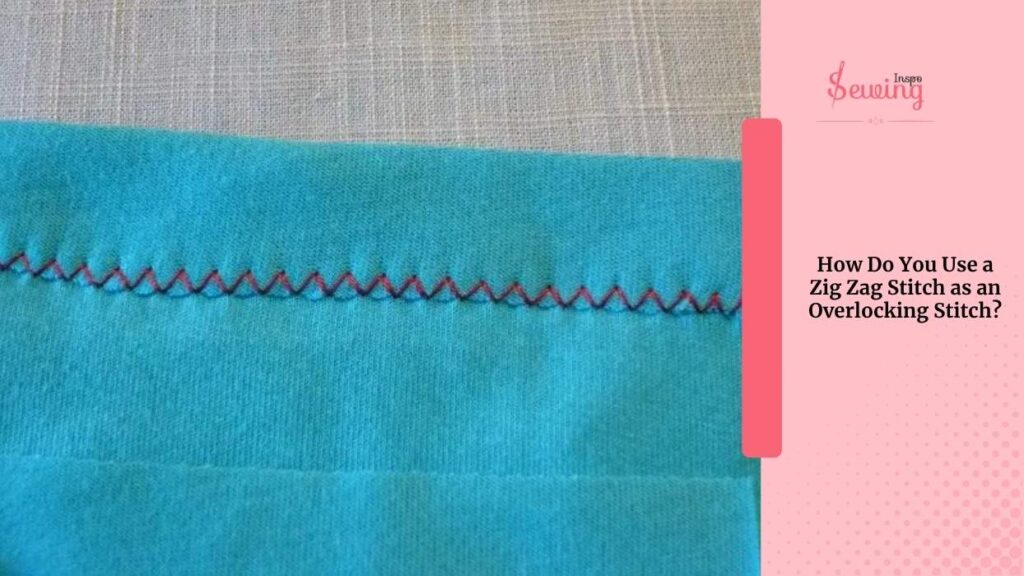
This method mimics the zigzag stitch on a sewing machine, providing a sturdy edge that helps prevent fraying. Practice will help refine your technique for a neat and effective finish.
Frequently Asked Questions
Can I Use Regular Sewing Thread For Hand Overlocking Stitches?
Yes, you can use regular sewing thread for hand overlocking stitches. For best results, choose a thread that matches the fabric weight and color. Thicker fabrics may require stronger threads.
What Needle Size Should I Use For Hand Overlocking Stitches?
Needle size depends on the fabric and thread thickness. Use sharps needles (sizes 5-10) for medium to heavy fabrics. Fine fabrics or delicate stitches may require sizes 11 or 12. Adjust needle size based on the thread thickness as well.
How Do I Prevent My Hand Overlocking Stitches From Unraveling?
To prevent unraveling, ensure your stitches are close together and consistent in tension. Start and finish with secure knots or back stitches. Using a slightly thicker thread or doubling the thread can also increase durability.
Now It’s Your Turn To Do Overlock Stitch
So, do you understand how to hand sew overlock stitch?
If so then what are you waiting for?
Start your overlock stitch and share with us your work.



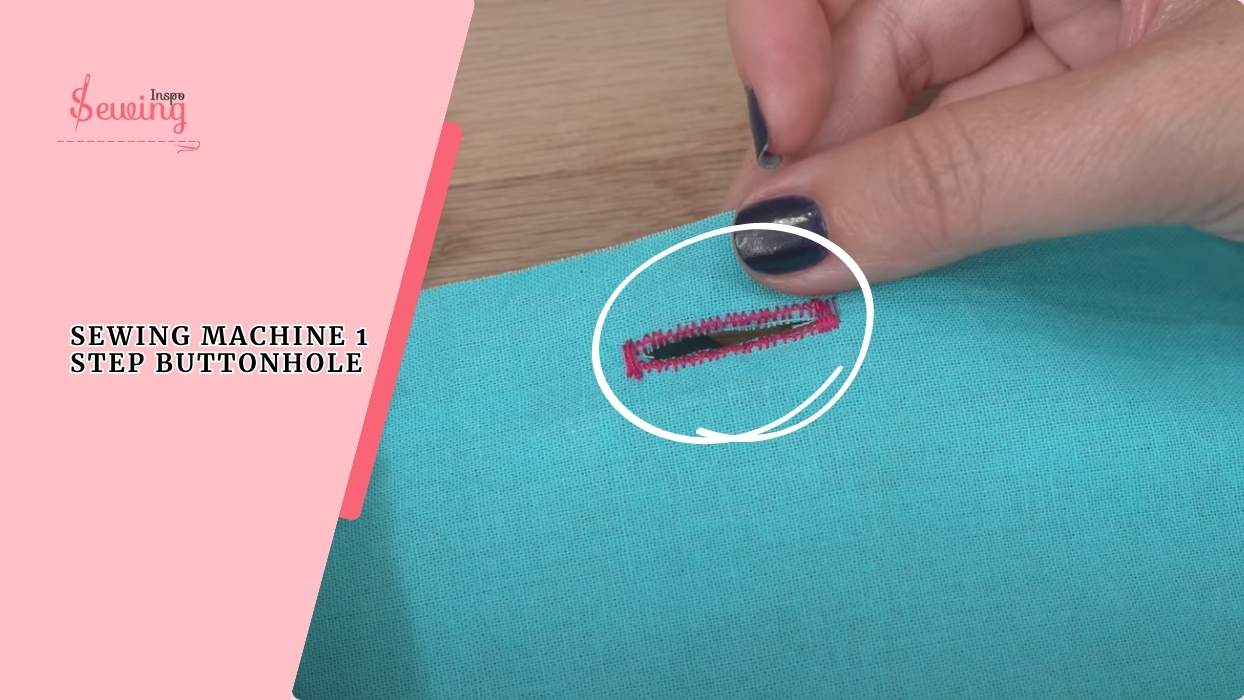
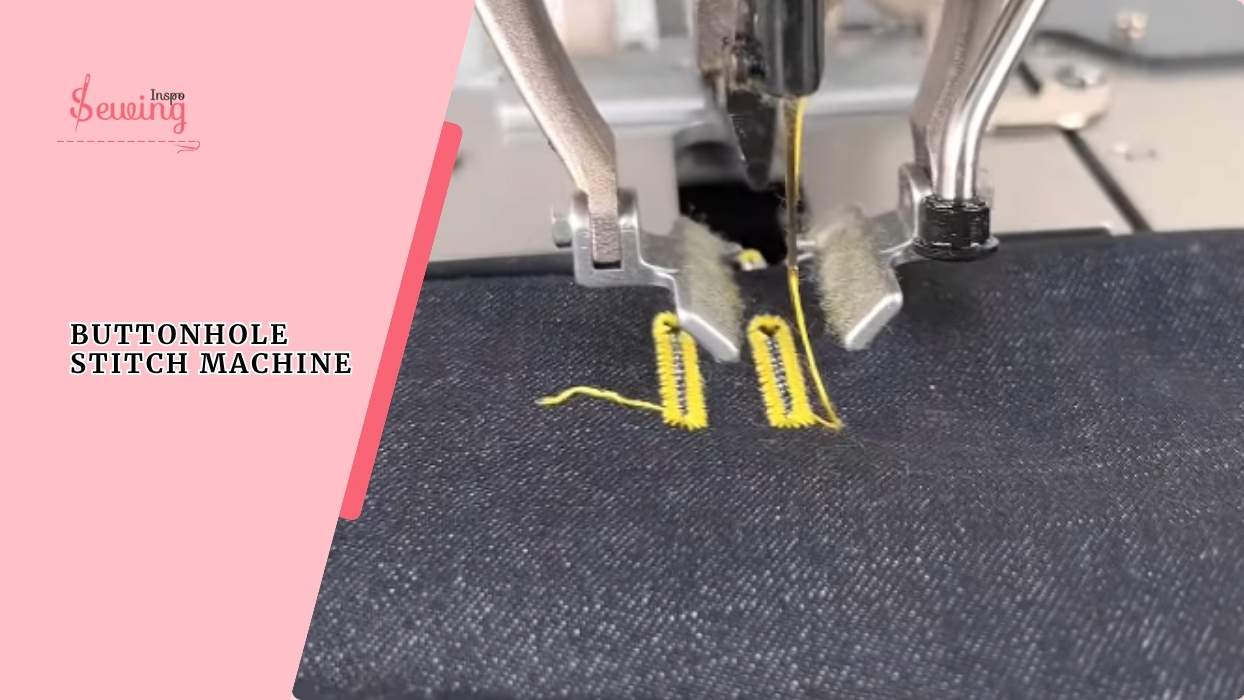
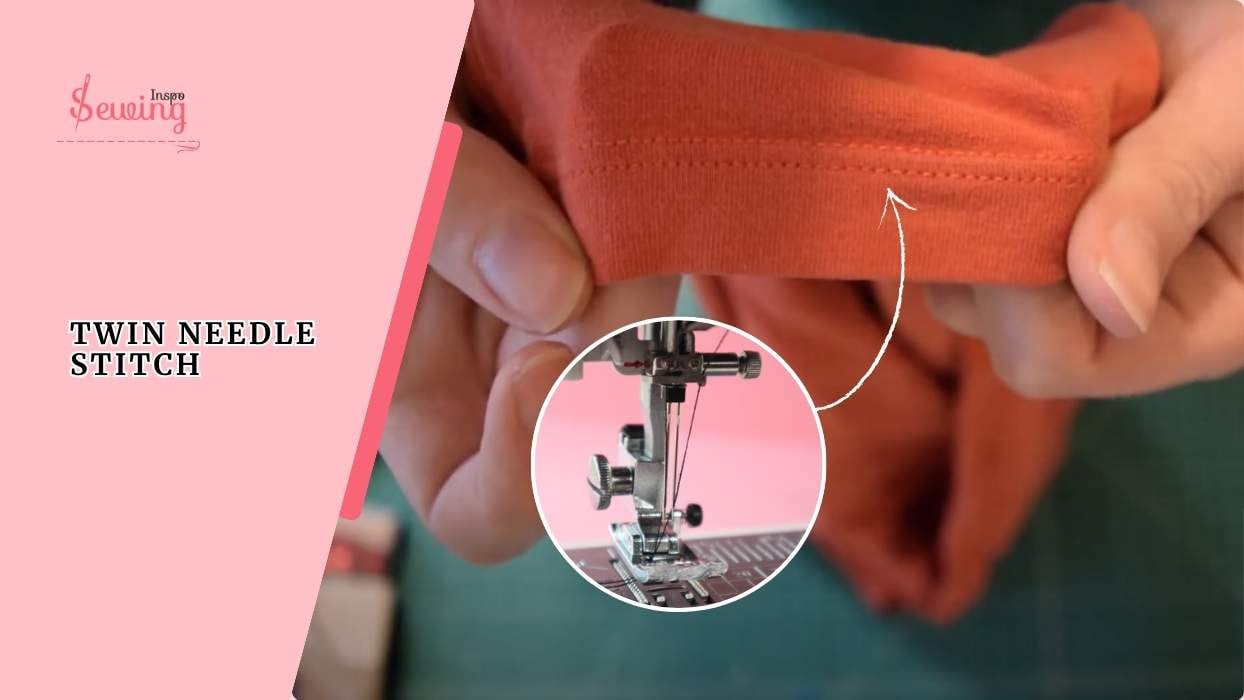
Leave a Reply to Sarah Cancel reply